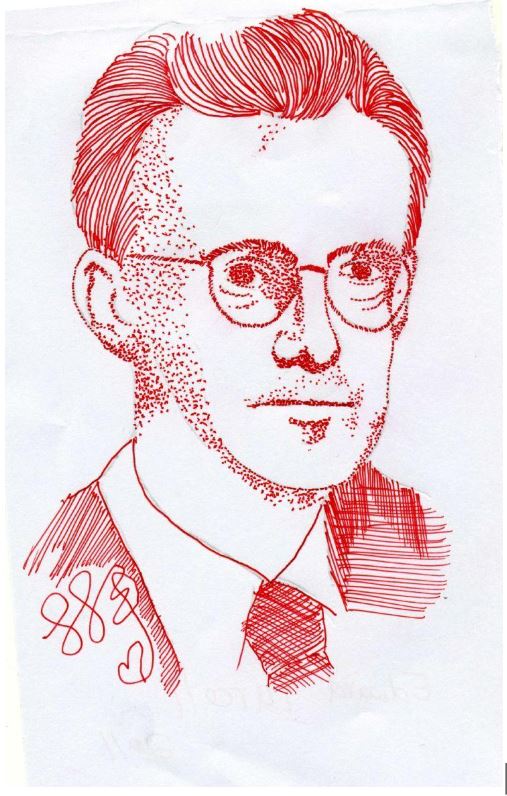Fun Facts about Radar
- Published on
- Author
- 張怡婷
Fun Facts about Radar
- Dr. Jason Yi-Bing Lin
Various radar technologies have been utilized in the Ukraine-Russia war, including surveillance radar, anti-aircraft radar, and battlefield monitoring systems deployed by both parties. These radar systems are used to detect aircraft, missiles, and ground activities.
Who were the brilliant minds behind the pioneering radar technologies?
During World War II, the Radiation Laboratory at the Massachusetts Institute of Technology excelled in studying electromagnetic waves and made significant contributions to radar development. The laboratory also produced several Nobel Prize winners, including Isidor Isaac Rabi (1898-1988), who coined the term "Nuclear magnetic resonance" and confirmed nuclear angular momentum in 1937, subsequently awarded the Nobel Prize in Physics in 1944. Edward Purcell (1912-1997) and Felix Bloch (1905-1983) discovered that substances with an odd number of protons or neutrons can undergo resonance under an external magnetic field, emitting specific radio frequency signals. They were jointly awarded the Nobel Prize in Physics in 1952. This discovery was initially applied to chemical analysis. Purcell reportedly had only six published papers at the time of receiving the Nobel Prize.
Luis W. Alvarez (1911-1988) was awarded the Nobel Prize in Physics for constructing the first proton linear accelerator and for his contributions to the study of elementary particles. Norman F. Ramsey (1915-2011) developed the separated oscillatory field method and applied it to hydrogen masers and other atomic clocks.
During World War II, the military needs of major powers accelerated the rapid development of advanced scientific technologies, leading to the creation of radar. The relentless bombings of London by the German Luftwaffe from across the sea greatly troubled the United Kingdom during the war. This prompted a pressing need for technology capable of detecting metallic objects in the air to aid in locating German aircraft during air defense operations.
Sir Robert Watson-Watt (1892-1973) developed the earliest concept of radar with the aim of collaborating with the United States to counter the German military. This collaboration led to a focused effort among scientists to research electromagnetic waves during the war. Their work resulted in the development of radar technologies for ground-to-air and air-to-ground bombing searches, air-to-air interception fire control, and enemy identification capabilities, which significantly impacted the German military.
After the war, radar technology found various civilian applications. For example, the microwave oven, nicknamed the "radar oven," became popular among housewives. Radar speed guns were used to deter speeding drivers. Sir Robert Watson-Watt was once caught speeding by a radar speed gun and fined. He experienced firsthand the consequences of his invention's adaptation, which elicited mixed feelings of irony and amusement.

Edward Purcell, 1912~1997

Isidor Isaac Rabi, 1898~1988
現為國立陽明交通大學資工系終身講座教授暨華邦電子講座,曾任科技部次長,為ACM Fellow、IEEE Fellow、AAAS Fellow及IET Fellow。研究興趣為物聯網、行動計算及系統模擬,發展出一套物聯網系統IoTtalk,廣泛應用於智慧農業、智慧教育、智慧校園等領域/場域。興趣多元,喜好藝術、繪畫、寫作,遨遊於科技與人文間自得其樂,著有<閃文集>、<大橋驟雨>。